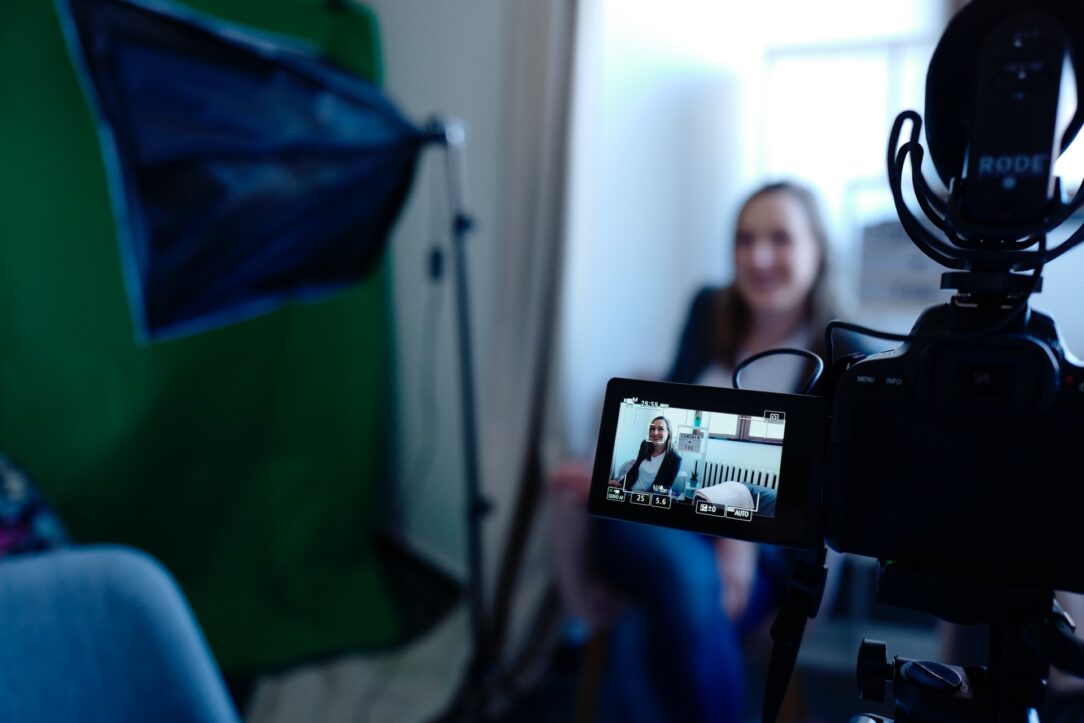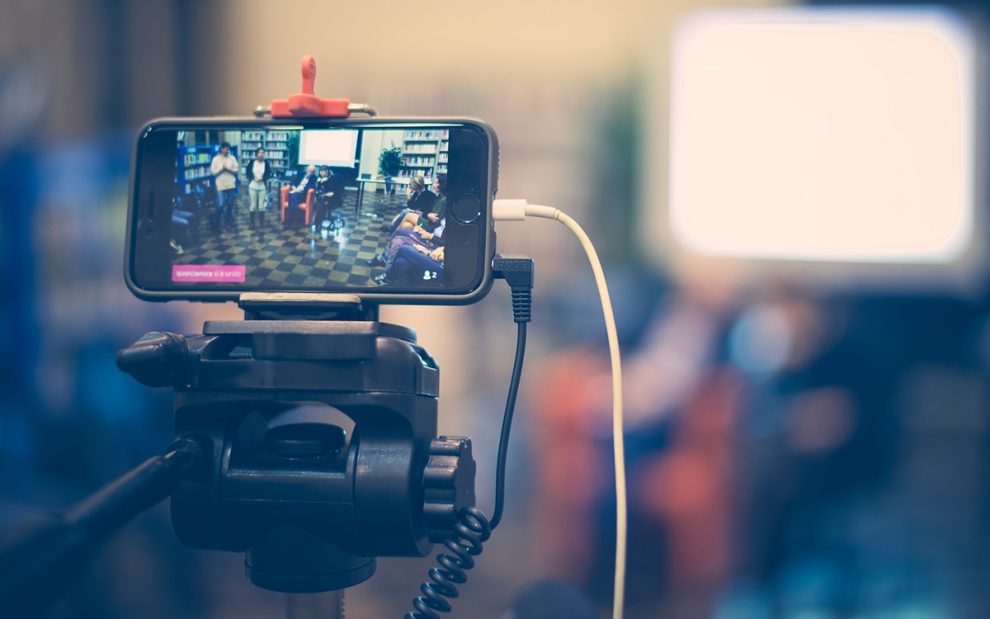Live streaming has numerous advantages. Making in-person events accessible via remote participation is a terrific way to expand the reach of your company or group. You don’t need a lot of technical expertise to organize your first live stream event if you use a professional streaming platform.
Top 5 Best Reasons to Use a Professional Service for Live Streaming
We’ll talk about why it’s better to use a paid streaming service rather than a free one to broadcast events. High-quality streaming, privacy and security, video analytic, and other benefits will be discussed.
1. High-Quality Streams

Source: epiphan.com
When using a free platform or your own servers to stream, you’ll have trouble getting good audio and video. To get high-quality video, you need a streaming service with a solid infrastructure and a good content delivery network (CDN).
When you use a CDN, your material is delivered all over the world via the CDN’s own server. Clogging your servers is a real possibility if you stream alone.
As soon as you start broadcasting to other people, you want to make sure that everything is running well and without any errors. In light of this, it makes sense to go with a provider such as Soflo Studio that has a solid content delivery network (CDN) for video streaming.
2. Increasing the Number of Potential Customers
The amount of space available for physical events varies by location. Live streaming, on the other hand, allows you to “invite” an unlimited number of people to “attend” your event over the internet. People may be eager to attend an event, but they are unable to do so in person because of prior commitments at work or rising costs.
By live streaming your event with such sites, you open up your content to an audience you otherwise wouldn’t have. Due to technological advancements, you are no longer constrained by physical location or audience size while using live streaming to connect with others around the world.
3. Wide Variety of Content Use
Even though live video and audio streaming services are the most common means of live broadcasting, it’s not the only option. You can use a wide range of video and multimedia content, such as images, text, and live chat. Many systems let you choose from a wide range of display approaches.
4. Ease and Convenience

Source: unsplash.com
Most people believe live streaming is too complicated and technical for them to do it themselves. Live streaming, on the other hand, can be incredibly simple. An internet connection and a reliable streaming platform are all you’ll need.
For broadcasters, several streaming services offer comprehensive documentation and tutorials.
5. Analytics Tracking
It’s critical to know how many people watched your live-streamed event and what they did while they were there. Tracking tools and analytics dashboards are standard equipment for most professional streaming services.
Many videos live streaming providers allow you to observe analytics like the number of viewers, how engaged they are, and their habits. This information will assist you in better understanding who your target market truly is.
After that, you’ll be able to see what parts of your broadcast need to be tweaked for future occasions. As a result, your content and strategy will be fine-tuned.
6. Mobile Streaming
Smartphones and other mobile devices are expected to be the primary means of communication for the majority of your target audience. Mobile devices now account for about half of all online video viewing by consumers, thus it’s likely that most of your viewers will tune in via mobile streaming.
Make sure your live broadcast can be easily accessed by smartphone users by keeping up with the latest live streaming statistics and trends.
7. Distraction-Free Streaming

Source: unsplash.com
Distractions in the video player are a major drawback of free streaming services like YouTube, which can detract from the overall viewing experience for the audience members. Advertisements and logos from unaffiliated companies clog up the screen and detract from your live event.
As long as you use a competent provider, you won’t have to worry about annoying your readers with irrelevant adverts.
8. Video Monetization
You may be asking yourself at this point: how can I make money from live shows? Fortunately, many professional streaming services like Soflo Studio have a wide range of video monetization tools at their disposal.
As an example, you may want to charge people to watch your live stream, similar to what they would pay to see a movie or get tickets for a concert. Pay-per-view or monthly subscription models are available to viewers.
To make money from subscription video on demand (SVOD) and television on demand (TVOD), you’ll need a video paywall. Requiring a viewer to pay for the video or subscribe to get access to the content limits the free use of digital content.
9. Integrations with External Tools
Despite the fact that many professional streaming systems offer a wide range of options, everyone agrees that there is always room for improvement.
Video API access is available on the leading streaming platforms, allowing you to integrate third-party apps and program into your video hosting experience. Encoders, mixers, CRMs, and other devices may fall under this category.
10. Privacy and Security

Source: pctechmag.com
Piracy is at an all-time high, making privacy and security more critical than ever. Pirated video content receives more than 230 billion views each year and accounts for more than 80% of global online piracy.
You can’t control who has access to your content on free streaming services like DailyMotion and YouTube since they don’t have privacy or security features. On the other hand, paid tools typically come with both privacy and security capabilities. This prevents hackers from gaining access to your CMS and video material and gives you complete control over who may view your videos.
Conclusion
For broadcasting like a pro and creating videos that stand out to your audience, live streaming services have been designed. As a forward-thinking and technologically adept organization, you’ll use these tools to demonstrate to your audience that you can execute cutting-edge solutions.
By using a live streaming service, you may reach a wider audience and cater your content to different types of viewers.




